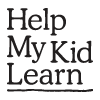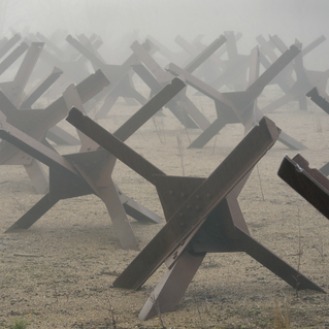What to do with this activity?
The Second World War lasted nearly six years from 1939 to 1945. More than 60 million people were killed in over 30 countries. On the 1st September 1939 Germany, under its dictator Hitler, invaded Poland. It was Hitler's plan to control the whole of Europe and North Africa. During the war, he was responsible for the planned deaths of 6 million Jews as well as many others in concentration camps.
Meanwhile the Empire of Japan wanted to control China and large parts of Asia. At first the Americans stayed out of the War, but all that changed when the Japanese attacked Pearl Harbour in Hawaii in December 1941. In August 1945 the Americans dropped atomic bombs on two Japanese cities killing around 150,000 people over a few days. Soon afterwards the Japanese surrendered.
The Republic of Ireland, under its Taoiseach Eamon De Valera, decided to remain neutral. The war period in Ireland was known as "The Emergency". However, many men and women from the Republic of Ireland joined the British Army to fight Hitler - in fact over 3,000 were killed.
There's an awful lot to know about the Second World War. We suggest your child starts with the Ducksters website or these 10 facts from National Geographic to get an overview, then follow whatever interests them most. Look on the internet and find free books about the Second World War in your local library. Find out from older relatives what life was like during the Second World War.
-
Why am I doing this?
It’s important to encourage whatever reading your child is doing at this age. Children have their own interests and hobbies so they will be more inclined to read information about these subjects. Having comics, papers or magazines around the house will make it easier for your child to get into reading. Your child might find it appealing to read online and you might like that the book can be read by an automated voice. E books can be looked at when you are on the move, making sure that your child is careful with your computer or phone.
-
How can I do more?
Your child might like to read a section of the newspaper or a magazine – the sports, fashion or cooking sections - depending on their interests. They might like to read a short piece from a newspaper and underline facts with a pen and opinion with a pencil. You can then talk about the difference between fact and opinion (there are good examples in sports writing). Encourage your child to read instructions for mending bikes, building models and playing new games.
Rate this activity
![]()
![]()
![]()
![]()
![]()
Based on 34 reviews
How would you rate it?
1 = Poor, 5 = Great.



